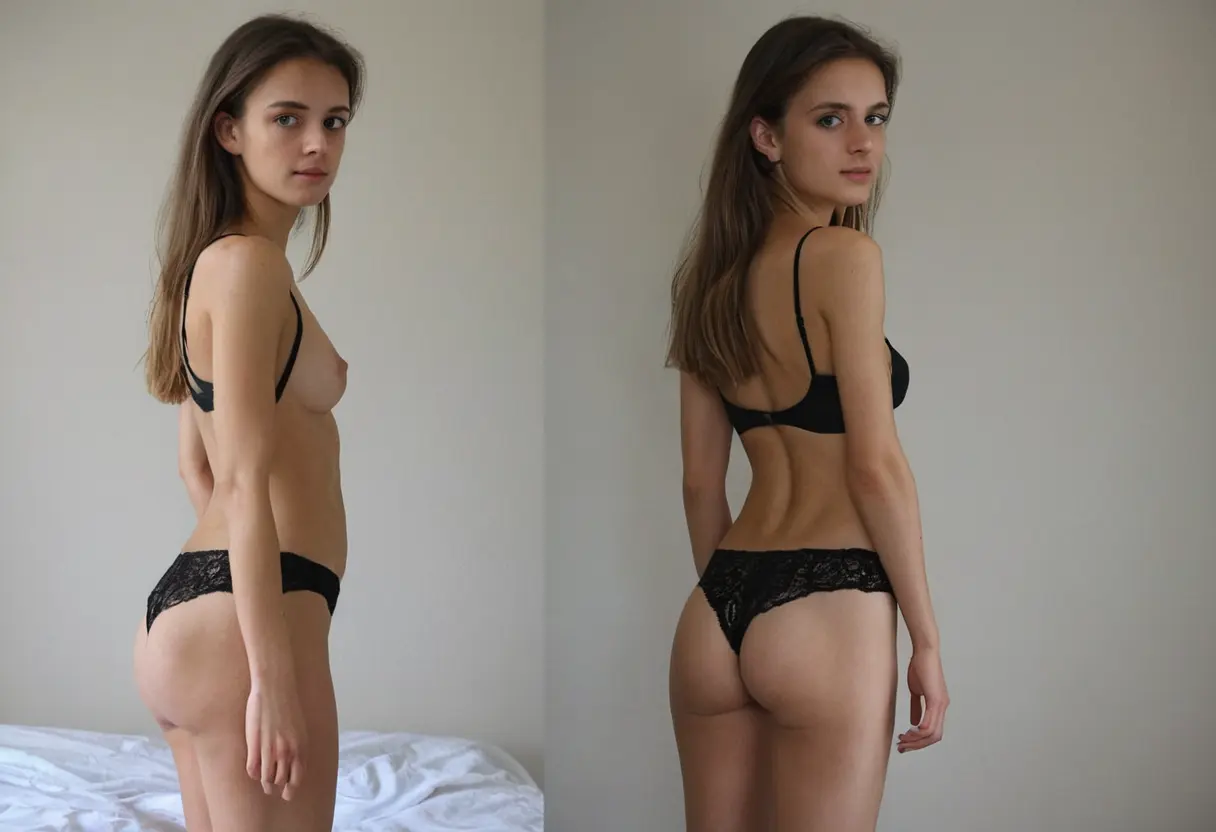
The fashion and apparel industry has always been a domain of creativity, innovation, and style. However, in recent years, technological advancements have begun to reshape the way fashion is designed, manufactured, and sold. One such revolutionary technology is AI undresser technology. This cutting-edge development is changing the way brands approach design, personalization, and even consumer interactions. In this article, we will explore how AI undresser technology is revolutionizing the fashion and apparel industry, making it more efficient, innovative, and customer-centric.
AI undresser technology refers to the use of artificial intelligence (AI) to create virtual models that can "undress" clothing to simulate how garments will look on a real person. Through sophisticated algorithms and machine learning models, AI can analyze the fit, texture, and design of clothing on a virtual avatar, allowing designers, retailers, and consumers to see how a product will look without the need for physical trials. This process involves a combination of image recognition, augmented reality (AR), and deep learning techniques.

AI undresser technology is transforming the design process by enabling designers to visualize how fabrics and clothing will move, fit, and interact with the body. Before AI, designers had to rely on physical prototypes and mannequins to evaluate how clothes would look on different body types. This could be time-consuming and costly. Now, AI allows designers to create virtual samples, test them on various avatars, and modify the designs in real-time based on the results.

This significantly reduces production costs and time. Designers can also test how different fabrics, colors, and styles will interact with various body types, allowing for a more inclusive design process. AI-driven simulations help brands create clothing lines that cater to a wider range of body shapes and sizes, leading to more diversity and representation in fashion.

One of the major challenges in e-commerce is helping customers visualize how clothes will look on them without trying them on. Traditional product images often fail to show how a garment fits or moves in real life, leading to uncertainty and high return rates. AI undresser technology addresses this challenge by offering virtual try-on experiences. By using AI algorithms, customers can see how a particular outfit will look on their digital avatar, tailored to their unique body shape and size.
Furthermore, many AI-driven platforms integrate augmented reality (AR) technology, allowing users to visualize the clothing on themselves in real-time through their smartphones or computer screens. This innovation significantly enhances the online shopping experience by providing more accurate, personalized views of clothing before purchase, resulting in increased consumer confidence and reduced return rates.
AI undresser technology also enables deeper levels of personalization and customization for fashion consumers. By analyzing individual preferences, body measurements,https://www.undressaitool.com/ and style choices, AI can recommend clothing that not only fits perfectly but also aligns with the consumer's tastes. This personalized shopping experience is increasingly valuable in an age where consumers are seeking unique and tailored products.
AI can even help consumers create custom clothing designs. Some platforms now offer virtual design tools powered by AI, where users can input their preferences for fabric, color, and style. AI then generates a unique garment design that can be produced on demand. This not only empowers consumers to express their individual style but also reduces waste by creating only the garments that are ordered.
Sustainability is a growing concern within the fashion industry, with fast fashion being a major contributor to environmental pollution and waste. AI undresser technology plays a crucial role in promoting sustainability by optimizing production processes and reducing waste. By enabling virtual sampling and accurate sizing, AI reduces the need for physical prototypes, which are often discarded or repurposed, contributing to excess waste.
Additionally, AI can analyze customer behavior and preferences to predict demand more accurately, helping brands produce only what is needed. This helps avoid overproduction and the environmental consequences associated with unsold inventory. AI also encourages the use of more sustainable materials by helping designers evaluate the best fabrics and production methods that align with environmental standards.
The future of AI undresser technology in the fashion industry looks incredibly promising. As AI continues to evolve, we can expect even more sophisticated applications that go beyond virtual fitting rooms and design simulations. For example, AI might eventually enable real-time alterations and customization, where consumers can instantly modify garment designs according to their preferences. Additionally, AI-powered systems will likely become more adept at predicting fashion trends, giving designers and brands an edge in creating collections that resonate with consumers.
Furthermore, AI could contribute to the rise of sustainable fashion by supporting innovative recycling and upcycling methods, helping brands close the loop on the lifecycle of clothing. From design to post-purchase, AI will continue to drive significant improvements in how fashion is created, consumed, and managed.
AI undresser technology is undoubtedly revolutionizing the fashion and apparel industry by improving the design process, enhancing the online shopping experience, enabling personalized fashion, and contributing to sustainability. As AI continues to evolve, its impact on the industry will only grow, opening up new possibilities for both consumers and brands. The integration of AI in fashion represents a shift towards a more efficient, inclusive, and sustainable industry, making fashion more accessible and personalized for everyone. As this technology continues to advance, we can expect even greater innovations that will further transform the way we experience and engage with fashion.